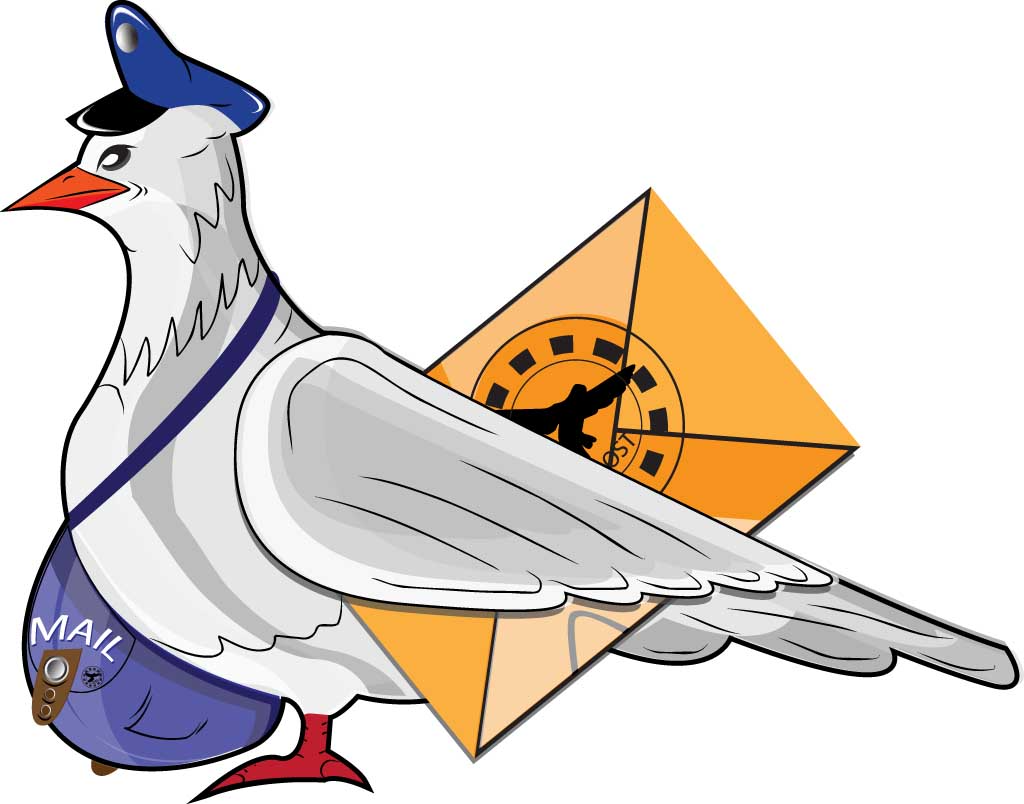
The Evolution of Mail: From Pigeon Post to Digital Inboxes
Share
Mail has undergone a remarkable transformation over the centuries, evolving from simple, physical methods of communication to today's complex digital systems. This journey reflects advancements in technology, societal needs, and the ways in which we connect with one another.
1. Ancient Methods of Communication
Pigeon Post
One of the earliest forms of mail involved homing pigeons, which could carry messages across long distances. This method was used in ancient civilizations, such as in Persia and later in Europe, especially during wartime. Pigeons could fly home with messages tied to their legs, providing a reliable, albeit limited, means of communication.
Couriers and Messengers
In ancient Rome and China, organized systems of couriers were established. These messengers would travel on foot or horseback, delivering letters and packages across vast empires. The efficiency of these systems laid the groundwork for more formal postal services.
2. The Birth of Postal Systems
Medieval Europe
By the Middle Ages, the need for a structured postal service became evident. Royalty and the church began to establish their own courier systems. In the 15th century, postal routes were formalized, and postal stations, known as "post houses," emerged throughout Europe.
The Post Office
In the 17th century, England established its first official postal service, leading to the creation of the Post Office. This institution standardized rates and introduced postage stamps, revolutionizing mail by making it accessible to the general public.
3. Industrial Revolution and Expansion
Technological Innovations
The Industrial Revolution brought significant changes to mail delivery. The introduction of the steam engine allowed for faster transportation, and railways became vital for moving mail across long distances. The advent of the telegraph in the 19th century further transformed communication, allowing for instant messaging.
Global Expansion
As countries established their postal services, international mail began to flourish. The Universal Postal Union (UPU) was founded in 1874, facilitating global mail exchange and standardizing international postal rates.
4. The Age of Aviation and Automation
Airmail
The early 20th century saw the introduction of airmail, drastically reducing delivery times for long-distance correspondence. This innovation enabled quicker communication and helped connect remote areas.
Automation
The latter half of the 20th century introduced automation into postal systems. Sorting machines improved efficiency, while barcode technology streamlined processing and tracking.
5. The Digital Revolution
Email Emergence
With the rise of the internet in the 1990s, email emerged as a dominant form of communication. This new digital medium offered instantaneous delivery, a stark contrast to traditional mail’s slower pace.
Social Media and Messaging Apps
As technology continued to evolve, social media platforms and messaging apps gained popularity. These tools allowed for real-time communication, further diminishing the reliance on traditional mail.
6. Current Trends and Future Outlook
Hybrid Mail
Today, hybrid mail services combine traditional postal services with digital technologies, allowing users to send physical letters generated from digital files. This model maintains the tactile aspects of mail while leveraging digital efficiency.
Sustainability
As awareness of environmental issues grows, postal services are exploring sustainable practices, from eco-friendly packaging to electric delivery vehicles.
AI and Personalization
The future may see increased use of AI in mail sorting and delivery, as well as personalized communication strategies based on user preferences and behaviors.
Conclusion
The evolution of mail from pigeon post to digital inboxes reflects humanity's continuous quest for faster and more efficient communication. As technology advances, the way we connect will likely keep changing, but the fundamental human desire to share messages and maintain connections will remain constant.
